
Yokoamicho Park
A serene park in Tokyo dedicated to remembering the Great Kanto Earthquake and WWII air raids, featuring memorials and a beautiful Japanese Garden.

Highlights
Must-see attractions
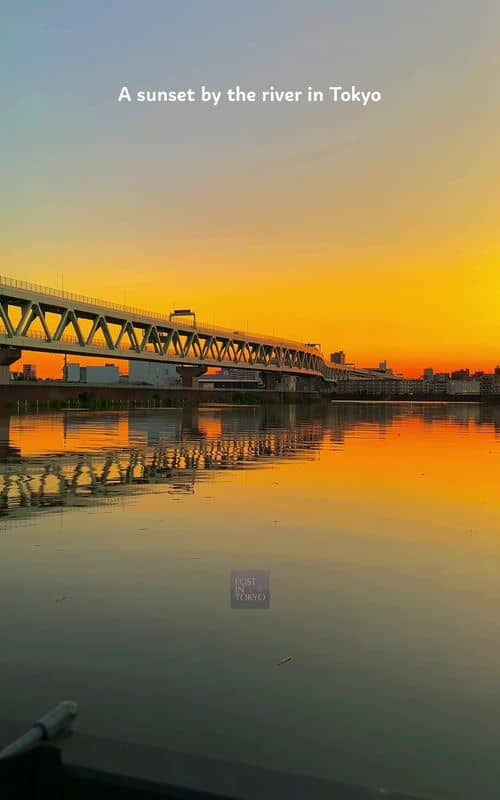
Social
From TikTok & Reddit
Best Time
Quiet reflection time

Yokoamicho Park
Best Time
Quiet reflection time

Highlights
Must-see attractions
A serene park in Tokyo dedicated to remembering the Great Kanto Earthquake and WWII air raids, featuring memorials and a beautiful Japanese Garden.
"A beautiful space dedicated to the terrible events of both the Kato Earth Quake and WW2 Bombing of Tokyo."
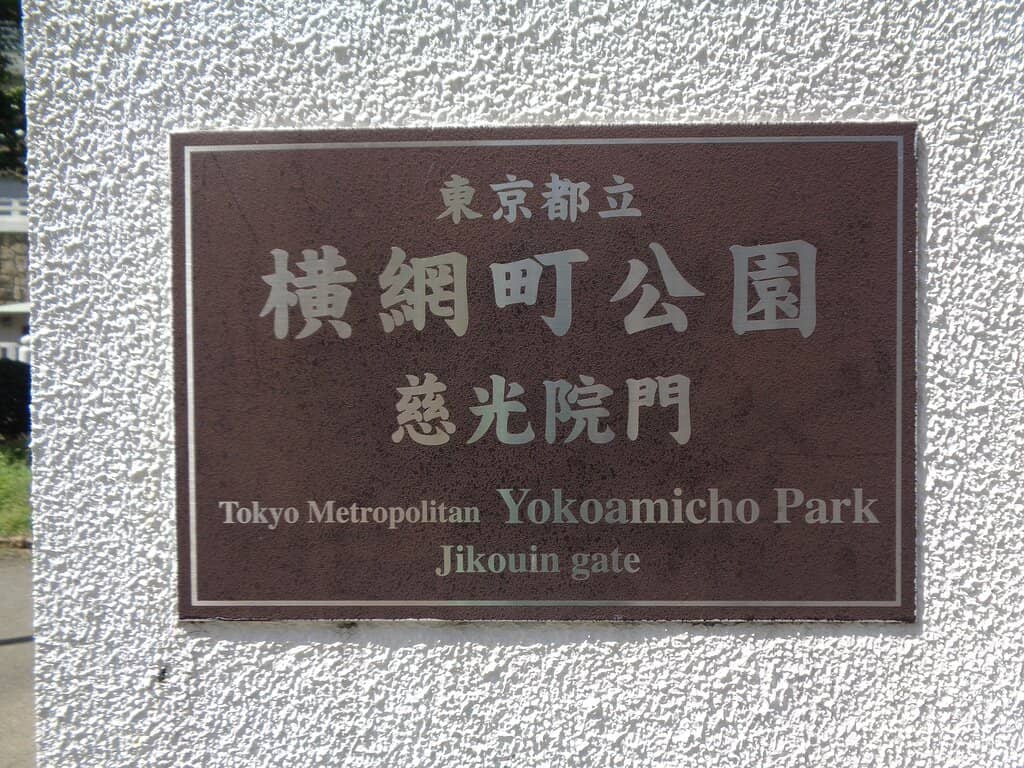
Respectful Attire
Dress modestly when visiting the Memorial Hall and Pagoda. :dress:
Explore the Gardens
Take time to wander the Japanese garden; it's a peaceful escape. :evergreen_tree:
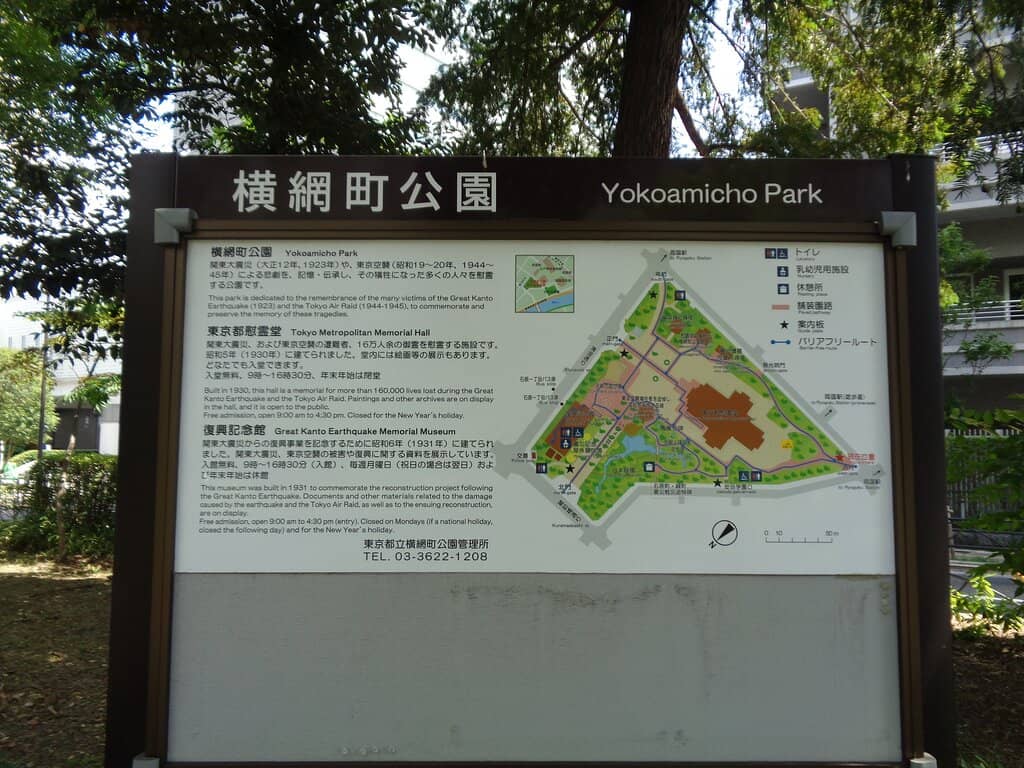
Highlights
Discover the most iconic attractions and experiences
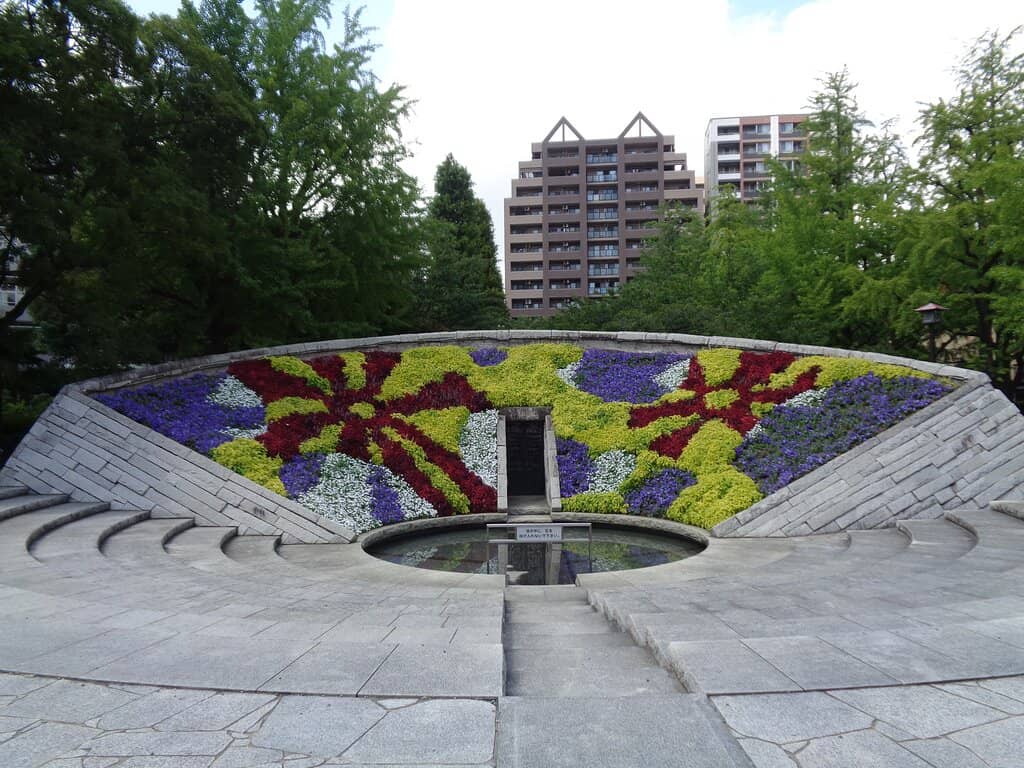
Memorial Hall & Museum
Central area
Dedicated to the Great Kanto Earthquake and WWII air raids, offering a poignant look at Tokyo's history.

Peace Pagoda
Behind the Memorial Hall
A serene structure containing the ashes of unidentified victims, symbolizing peace and remembrance.
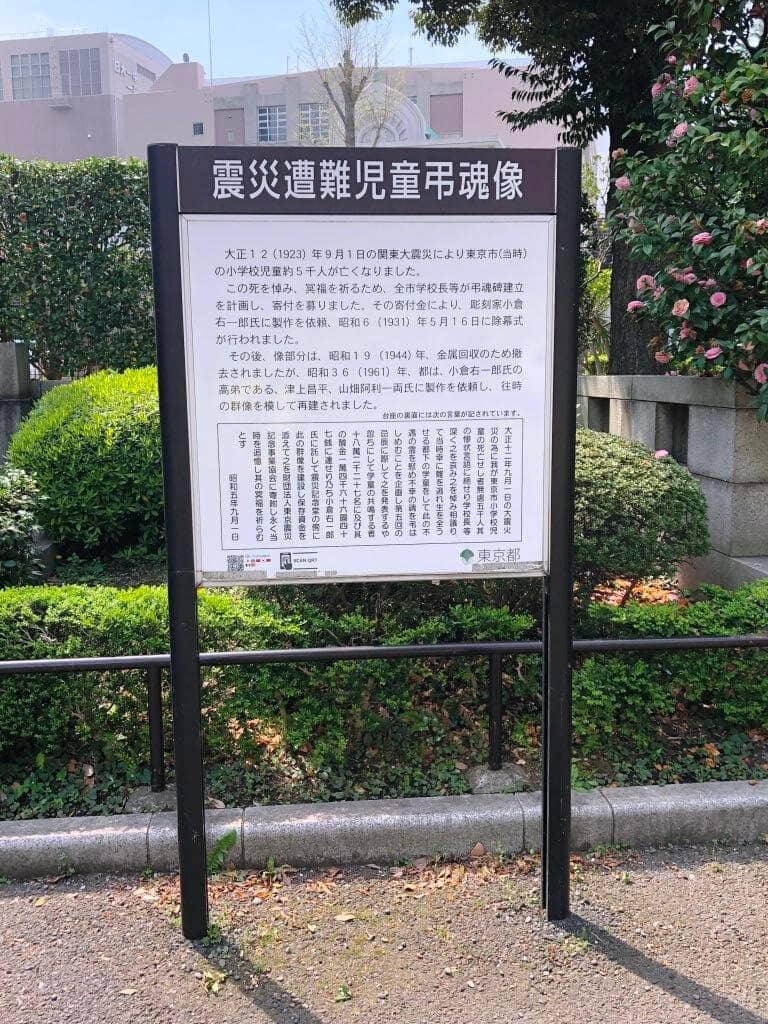
Japanese Garden
Northwest section
A meticulously maintained small garden offering a tranquil space for contemplation amidst city bustle.
Plans like a pro.
Thinks like you
Planning Your Visit
Reflect and Remember
Timing Your Visit
Best Times
Insider Tips
from TikTok, Instagram & Reddit
Respectful Attire
Dress modestly when visiting the Memorial Hall and Pagoda. :dress:
Explore the Gardens
Take time to wander the Japanese garden; it's a peaceful escape. :evergreen_tree:
Visit the Memorial Hall
Learn about the park's history and significance. :books:
No Grass Areas
Be aware there's no grass, so it's not ideal for young children to play freely. :child:
Picnic spots near Sumida (or anywhere in Tokyo)
Tips
from all over the internet
Respectful Attire
Dress modestly when visiting the Memorial Hall and Pagoda. :dress:
Explore the Gardens
Take time to wander the Japanese garden; it's a peaceful escape. :evergreen_tree:
Visit the Memorial Hall
Learn about the park's history and significance. :books:
No Grass Areas
Be aware there's no grass, so it's not ideal for young children to play freely. :child:
Sunset Views
Enjoy beautiful sunset views over the Sumida River nearby. :city_sunset:
What Travellers Say
Reviews Summary
Yokoamicho Park is a deeply moving and historically significant site, praised for its solemn memorials and tranquil Japanese Garden. Visitors appreciate the opportunity to learn about Tokyo's past tragedies and find a peaceful escape. However, some note the lack of grassy areas makes it less ideal for young children's play.
"A beautiful space dedicated to the terrible events of both the Kato Earth Quake and WW2 Bombing of Tokyo. Contains the Memorial Hall, Museum, Park & Gardens. Some of the Cherry Blossom is out and there a beautiful floral piece dedicated to those who died from the bombings. The ashes of many unidentified bodies are contained in the Pagoda behind the Memorial Hall."
Miles Macdonald
"I recently visited Yokoamicho Park in Tokyo and was truly captivated by its breathtaking beauty and magnificent temple located at its heart. The park boasts a well-thought-out design, featuring a splendid arrangement of trees and a charming fountain. The pathways are meticulously maintained, providing visitors with a clear and delightful route to explore the park. Additionally, convenient toilet facilities are available for the comfort of visitors. I highly recommend taking a leisurely stroll through this enchanting garden, as it offers a truly enjoyable experience and showcases the epitome of natural elegance."
Dr. Mosaab Abdalla
"Yokoamicho Park is a unique place of remembrance that commemorates those who lost their lives in the Great Kanto Earthquake and World War II air raids. It includes a memorial hall, a monument and a museum for remembrance. It is not a common tourist attraction but is recommended for those who are interested in history."
Javin Yam
What People Like
What People Dislike
Frequently Asked Questions
🚇 🗺️ Getting There
Yokoamicho Park is accessible via public transport. The nearest stations are Ryogoku Station (JR Sobu Line) and Kuramae Station (Toei Asakusa Line or Toei Oedo Line). From these stations, it's a short walk to the park. Many visitors also enjoy walking along the Sumida River from Asakusa or towards the Skytree, passing by the park.
Limited parking may be available, but it's generally recommended to use public transportation due to the park's central Tokyo location. Check local parking apps or facilities near Ryogoku Station for options.
Yes, it's a pleasant walk along the Sumida River from Asakusa to Yokoamicho Park. The Sumida River Walk offers scenic views and passes by various shops and restaurants.
From Tokyo Station, take the JR Chuo Line to Akihabara, then transfer to the JR Sobu Line to Ryogoku Station. The park is a short walk from Ryogoku Station.
Several bus routes serve the Ryogoku area. You can check local Tokyo bus maps or use a navigation app to find the most convenient route to a stop near the park.
🎫 🎫 Tickets & Entry
Yokoamicho Park itself is free to enter. However, there may be admission fees for specific exhibits within the Memorial Hall or Museum.
The park grounds are generally accessible during daylight hours. The Memorial Hall and Museum have specific operating hours, typically from morning to late afternoon. It's advisable to check the official website for the most current times.
For general entry to the park and its outdoor memorials, no advance booking is required. For the Memorial Hall and Museum, it's usually possible to purchase tickets on-site, but checking their official website is recommended, especially during peak seasons.
Yokoamicho Park commemorates significant historical events. While not a regular tourist attraction, there might be memorial ceremonies or events held on specific dates related to the Great Kanto Earthquake or WWII.
The park has maintained pathways, and the Memorial Hall is generally accessible. However, specific accessibility details for all areas, especially the gardens, should be confirmed with park management if needed.
🎫 🧭 Onsite Experience
Yokoamicho Park features a Memorial Hall and Museum dedicated to the Great Kanto Earthquake and WWII air raids, a Peace Pagoda, a Japanese Garden, and various monuments. It's a place for reflection and learning about Tokyo's history.
The park offers opportunities for photography, especially the Japanese Garden and the Peace Pagoda. The surrounding Sumida River area also provides scenic shots, particularly at sunset.
While the park has benches for resting, it's noted that there are no grassy areas suitable for traditional picnics. Visitors looking for picnic spots might consider nearby Sumida Park.
You can see the main monuments and gardens in about 30 minutes, but to truly appreciate the details and visit the Memorial Hall, allocate at least 1-2 hours.
While the park is a place of remembrance, some reviews mention families playing happily, suggesting there might be areas that are child-friendly, though it's not primarily a playground. However, the lack of grass might limit play options.
🍽️ 🍽️ Food & Dining
Yokoamicho Park itself does not have restaurants. However, the surrounding areas, particularly along the Sumida River and near Ryogoku Station, offer a variety of dining options, from local eateries to more upscale restaurants.
You can find many restaurants and cafes near Ryogoku Station, which is a short walk from the park. This area is known for its chanko nabe (sumo stew) restaurants, fitting for the sumo district.
While there are no specific restrictions mentioned for bringing food and drinks for personal consumption, it's important to be mindful of the park's solemn nature. Dispose of all trash properly.
Vending machines are common in Japanese parks and public spaces. It's likely you'll find them within or near Yokoamicho Park, offering drinks and sometimes snacks.
The Ryogoku area is famous for chanko nabe, a hearty stew traditionally eaten by sumo wrestlers. You'll also find other Japanese cuisine like ramen, sushi, and tempura.
📸 📸 Photography
The Japanese Garden, the Peace Pagoda, and the various memorial monuments offer excellent photographic opportunities. The surrounding Sumida River area, especially at sunset, is also picturesque.
Photography is typically restricted inside museums and memorial halls to protect exhibits. It's best to check for signage or ask staff before taking photos inside the Yokoamicho Park Memorial Hall.
The 'golden hours' around sunrise and sunset offer beautiful lighting for photography. Weekday mornings provide fewer people for unobstructed shots.
Drone usage is generally prohibited in most urban parks in Tokyo, especially in areas with memorials or historical significance. Always check local regulations before flying a drone.
Yes, during spring, the park can be quite beautiful with cherry blossoms. These make for lovely photographic subjects, but be mindful of other visitors.
For Different Travelers
Tailored advice for your travel style
👨👩👧 Families with Kids
🚶 Solo Travelers & History Buffs
📸 Photographers
Deep Dives
In-depth insights and expert knowledge
Historical Significance
The Peace Pagoda, located behind the Memorial Hall, is a particularly moving site. It contains the ashes of many unidentified victims from the bombings, serving as a powerful symbol of peace and a reminder of the human cost of conflict. The park's design itself, with its carefully arranged memorials and gardens, encourages contemplation and respect for those who suffered.
For those interested in history, visiting the temple within the park is highly recommended, as it offers significant insights into the park's historical context and the beliefs surrounding remembrance. The park's existence underscores the importance of remembering past tragedies to foster a more peaceful future.
The Sumida River Connection
Many visitors enjoy walking along the river, especially during sunset, which offers beautiful views. The riverbanks are also home to various parks, including Sumida Park, which is known for its cherry blossoms and is a popular spot for picnics, though Yokoamicho Park itself lacks grassy areas for such activities. The Toro Nagashi (lantern floating) ceremony, historically held on August 12th, is a significant cultural event on the Sumida River, symbolizing the guidance of ancestral spirits.
This connection to the Sumida River allows visitors to combine a somber historical visit to Yokoamicho Park with more leisurely activities like riverside strolls, dining, and enjoying city vistas, creating a well-rounded Tokyo experience.
Gardens and Sculptures
The park also features some distinctive toad-like sculpture monuments that are noted as being worth checking out. These artistic elements add a touch of intrigue and visual interest to the park, complementing the more solemn memorials. While the park doesn't have extensive vegetation or large grassy areas, these carefully curated elements contribute to its overall serene and contemplative atmosphere.




Social
from TikTok, Instagram & Reddit